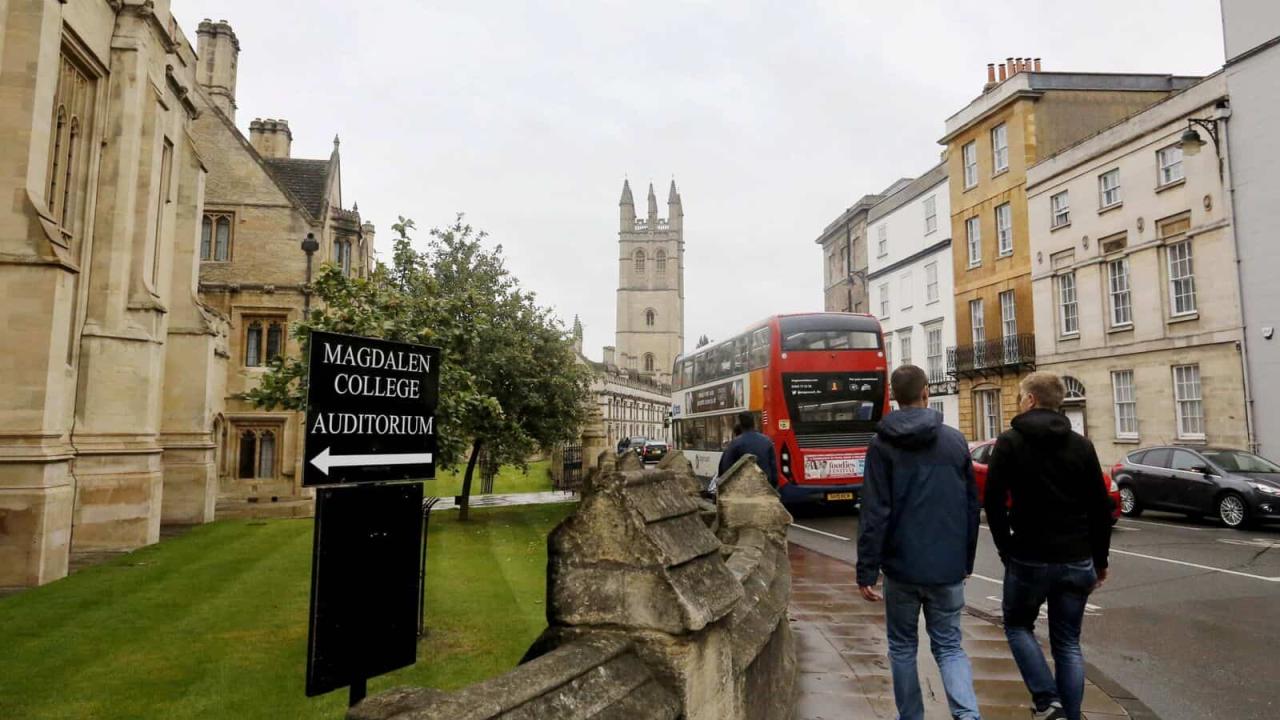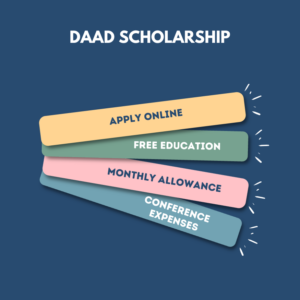Program Location and Cultural Immersion Opportunities
The chosen locations for each program are strategically selected to provide enriching cultural immersion experiences. Students are encouraged to explore the local culture, interact with the community, and broaden their horizons beyond the academic sphere. This immersion fosters cultural sensitivity and appreciation, expanding understanding of diverse perspectives and fostering global citizenship. For example, a program in Japan might include visits to traditional gardens, museums, and cultural events, offering an immersive experience.
Comparison Table
| Program Name | Focus | Location | Duration | Key Benefits |
|---|---|---|---|---|
| Program A | Sustainable Energy | Germany | 1 Year | Access to cutting-edge research facilities, international collaboration, and career development |
| Program B | Neuroscience | Canada | 9 Months | Hands-on research experience with leading neuroscientists, advanced coursework in neuroscience, and networking opportunities |
| Program C | Artificial Intelligence | United States | 12 Months | Exposure to leading researchers in AI, access to advanced computing resources, and the opportunity to publish research |
| Program D | Environmental Studies | Switzerland | 10 Months | Immersive fieldwork, collaborative research projects, and cultural exchange |
| Program E | Art and Technology | Italy | 1 Year | Exploration of contemporary art and technological innovation, hands-on workshops, and career development |
| Program F | Biomedical Engineering | Japan | 12 Months | Unique access to advanced medical technology, research collaborations with Japanese experts, and networking opportunities |
| Program G | Quantum Physics | Netherlands | 10 Months | Immersive experience in quantum research, access to advanced labs, and opportunities for international collaborations |
| Program H | Data Science | United Kingdom | 9 Months | Practical data analysis skills, access to real-world datasets, and networking with industry professionals |
| Program I | Urban Planning | France | 10 Months | Exposure to innovative urban planning models, collaboration with French urban planners, and international networking |
| Program J | Cognitive Psychology | Australia | 1 Year | Advanced research in cognitive psychology, exposure to different cultures, and hands-on experience |
| Program K | Materials Science | Singapore | 9 Months | Exposure to advanced materials, hands-on lab experience, and research collaborations |
| Program L | Climate Change | Brazil | 12 Months | Interdisciplinary approach to climate science, fieldwork opportunities, and exposure to diverse cultures |
| Program M | Robotics | South Korea | 10 Months | Hands-on experience in robotics, collaborations with leading robotics experts, and exposure to Korean culture |
Program Selection Criteria
Choosing the ideal study abroad program for graduate students requires meticulous consideration. The selection process should be more than just picking a destination; it’s about aligning personal research goals with the program’s strengths, assessing the financial implications, and understanding the potential for academic and personal growth. A well-informed decision ensures a productive and enriching experience.
A successful study abroad journey hinges on careful consideration of various factors, from the program’s specific focus to the cultural immersion opportunities and financial resources. Each program presents a unique blend of academic rigor and cultural immersion, demanding a thorough evaluation of personal priorities and academic objectives.
Key Factors for Graduate Students
Selecting a program demands careful evaluation of factors like alignment with research interests, location and cultural experiences, financial implications, faculty connections, and the application process. A thorough understanding of these factors empowers students to choose a program that maximizes learning potential and personal growth.
- Alignment with Research Interests: Graduate students must prioritize programs directly relevant to their research interests. This ensures that the chosen environment facilitates further research development and allows students to pursue their specific academic goals. For instance, a student interested in marine biology would benefit from a program in a coastal region with renowned marine research institutions.
- Location and Cultural Experience: The location of a study abroad program significantly impacts the cultural experience. Exposure to diverse cultures fosters understanding, promotes adaptability, and enriches personal perspectives. For example, a program in a developing nation provides unique insights into local socio-economic dynamics, enriching the research process through contextual understanding.
- Cost and Funding Opportunities: The financial implications of a study abroad program are crucial. Students should research program costs, including tuition, accommodation, and living expenses. Exploring funding opportunities, such as scholarships, grants, and institutional support, is essential to manage financial obligations effectively. Financial aid packages can significantly ease the burden of international study, ensuring that the program’s costs are manageable.
- Faculty Connections and Collaborations: Networking with faculty is critical for graduate students. A program that fosters interactions with leading experts in the field can lead to valuable collaborations and mentorship opportunities. Strong faculty connections can accelerate research projects and provide guidance for future career paths.
- Application Process and Timeline: The application process varies among programs. Understanding the specific requirements, deadlines, and supporting documentation needed is crucial. Students must adhere to the timeline to avoid missing application deadlines and ensure timely processing. The program’s application procedures and timeline should be carefully examined to ensure a smooth application process.
Program Selection Criteria Summary
| Program | Alignment with Research | Location & Culture | Cost & Funding |
|---|---|---|---|
| Program 1 | Strong alignment with specific research interests, offering relevant resources and facilities. | Urban location, providing access to diverse cultural experiences. | Moderate cost; limited funding opportunities. |
| Program 2 | Excellent opportunities for interdisciplinary research collaborations. | Rural location with a strong cultural heritage. | High cost; ample scholarship and grant options available. |
| Program 3 | Direct access to renowned experts in the field. | Coastal location with unique marine ecosystems. | Moderate cost; funding opportunities are dependent on specific needs. |
| Program 4 | Opportunities for independent research in a new environment. | Immersive cultural experience, promoting cultural exchange. | Low cost; limited funding opportunities. |
Funding and Support
Navigating the financial landscape of graduate study abroad programs can be daunting. However, a wealth of opportunities exists to support international students’ academic pursuits. Understanding the diverse funding avenues, from scholarships to grants, and the strategies for securing them is crucial for a smooth transition and a rewarding experience. These opportunities are designed to empower students to achieve their academic goals while enriching their global perspectives.The journey of pursuing higher education abroad is not solely dependent on personal resources.
Recognizing and effectively leveraging the available funding sources can significantly alleviate the financial burden and allow students to fully immerse themselves in the academic and cultural experiences. Scholarships, grants, and financial aid options cater to diverse needs and academic aspirations, enabling students to excel in their chosen fields while broadening their global horizons.
Funding Opportunities Overview
A plethora of funding opportunities exist to support graduate study abroad programs. These range from general scholarships targeting international students to program-specific grants, tailored to the unique needs of each initiative. Understanding the different types of funding and the specific criteria for each is essential for successful application.




